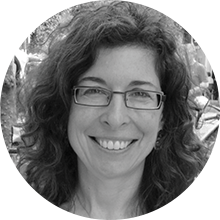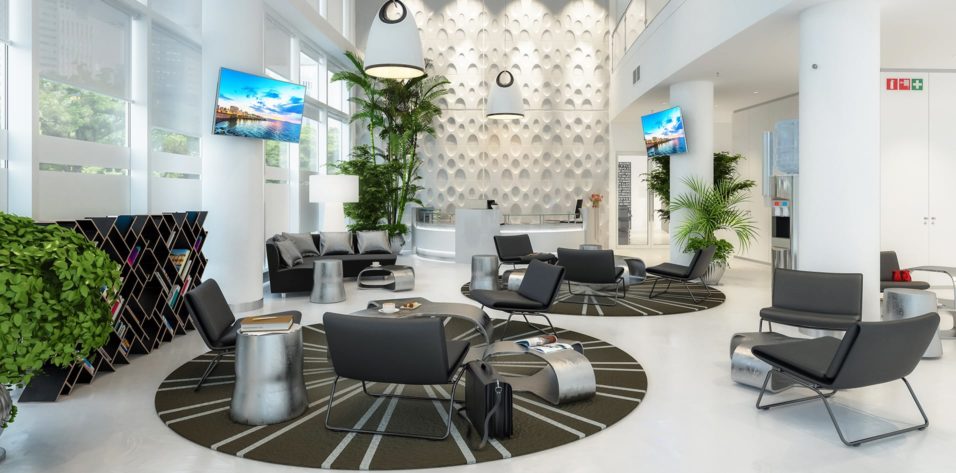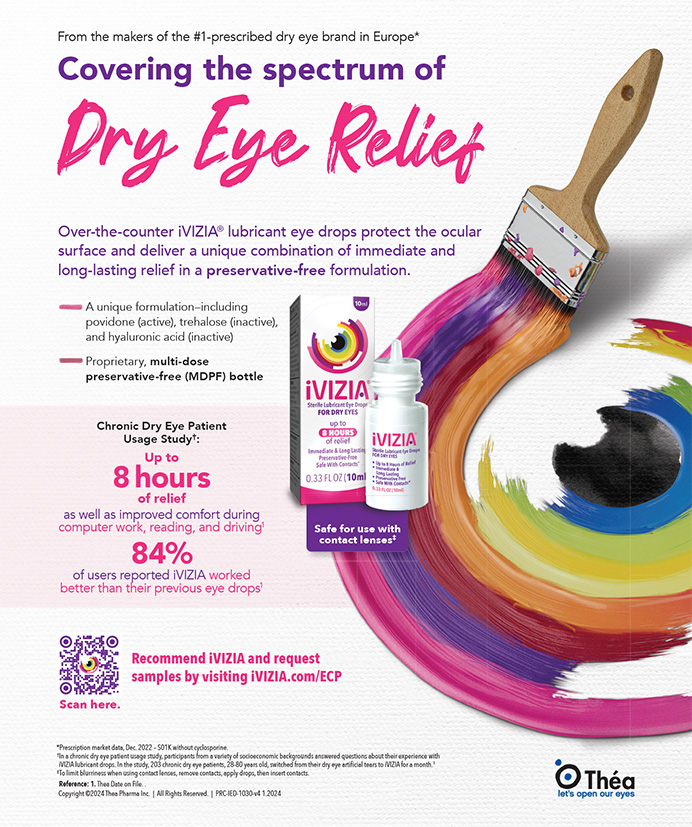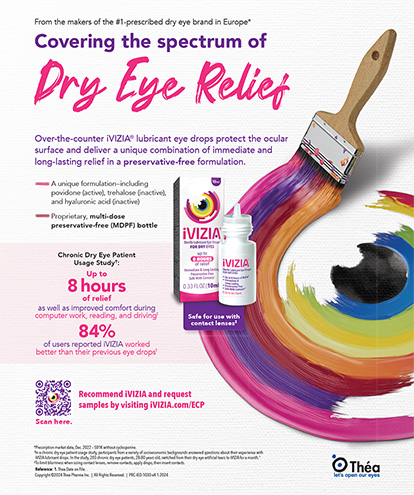

If you ask surgeons whether or not they provide premium services, we believe most would say, “Of course. I have a premium practice, and we provide premium services to high-demand patients.” Most surgeons would be uncomfortable if they thought they were serving the public at lower than contemporary standards.
It’s like Garrison Keillor’s stories about Lake Wobegon, where “all the children are above average.” In reality, by definition, exactly half of surgeons are below average in one way or another. How do you make sure you’re in the top half?
WHAT MAKES A PREMIUM PRACTICE?
One must take a broad view of premium services. Premium is not just about offering services that patients pay for out of pocket. It’s also about the level of comfort, attention, and amenities provided, irrespective of the services the patient receives on that particular day.
Consider that most businesses could fall into one of two categories: those that provide only premium services and those that provide some premium services. Some of the premium businesses are obvious, such as fancy restaurants with $75 entrees, jet charter services with $100,000 membership fees per year, and Ferrari dealerships that deal only in automobiles costing six figures. But the vast majority of businesses offer a range of products or services that includes only a subset that can be considered premium. For example, even modest hotels may still have a presidential suite, hospitals can offer certain premium rooms, and airlines offer first-class seating for passengers willing to pay more.
Only a small cohort of ophthalmology practices fall into that first category of premium-only services. A handful of practices in the United States, for example, provide only out-of-pocket cataract services. Most practices are like those hotels, hospitals, and airlines. They provide a vast majority of their services to the general public but have premium services that only their most fortunate patients are able to afford and demand.
We find it a challenge to distinguish premium in a profession in which the bar is already set very high. Generally, premium services in an ophthalmic context fall into the categories of amenities, location, customer service, and staff training. Premium also refers to a practice that distinguishes itself by offering, in addition to routine eye care, some out-of-pocket services such as multifocal IOLs, advanced dry eye therapy, cosmetics, aesthetics, and elective plastic surgery.
FINDING A BALANCE
We see some practices that offer few premium services but provide premium amenities and customer care. Conversely, we see other practices that offer premium services but provide mundane and even substandard levels of patient care and comfort. Ideally, the quality of the practice’s amenities should increase with the price point the patient pays out of pocket.
Most doctors say they have premium practices irrespective of their service offerings because they employ the most exacting of clinical and surgical standards, choose the best of staff and train them with superior efforts, and care for all patients regardless of their ability to pay for premium amenities.
There is a two-dimensional plot on which every practice gets to position itself, with quality of amenities on one axis and breadth of offerings on the other (Figure). For example, an inner-city practice with a high Medicaid population may not have enough cash flow to pay to vacuum carpets every night and might offer little in the way of premium services. That could be an appropriate balance for that particular practice. What would be inappropriate is a practice with few amenities and poor customer care but still offering premium services, or a practice with excellent amenities and no premium services. You want your practice to exist at a balanced point between both axes.

Figure. A practice should aim to achieve a balance between the quality and breadth of amenities it offers.
Every surgeon and practice owner can make his or her own decision about where to be on these two axes. If the doctor chooses to move up the two continua and increase both his or her amenities and product offerings, there are professional and financial benefits to doing so.
PREMIUM ADVANTAGES
From a professional perspective, ophthalmologists typically want to move their practices forward both in appearance and in service and product offerings. Within reasonable boundaries, practices typically fare better if they spruce up their facilities and train their staff members to treat patients more gently.
Certainly if they’re providing more premium services and running the rest of the practice well, the practice and the doctor will be financially the better for it. Most doctors, therefore, feel incentivized to improve the premium nature of their practice, whether in its appearance and tone of customer service, in its product and service offerings, or in both dimensions.
In ophthalmology, as with those hotels, hospitals, and airlines, moving into this premium channel is a matter of degrees. The average geriatric ophthalmology disease management practice is unlikely to turn on a dime and become a purely elective services practice overnight. Most practices edge into the premium space slowly. They may first aim to implant 5% of patients with premium IOLs and then, as they get more comfortable, seek to increase the implant rate over time. Or they may have an office manager who goes to a national meeting and comes back inspired to provide better customer service.
POTENTIAL DISADVANTAGES
There are also potential detriments of moving into the premium space. If the practice adds an elective oculoplastic surgeon, for example, one should know that it is perhaps the slowest professional domain within ophthalmology to build. It’s feasible for a general ophthalmologist to have a full practice within 3 to 5 years, but it commonly takes 10 years or more for an oculoplastic surgeon to build a full volume of patients.
Another potential detriment of working with patients who can afford elective care is that these patients can be more difficult to manage. We see a lot of frustration among doctors who have positioned themselves as boutique, high-end practices because their high-demand patient base can be challenging. These patients in the premium space can be more difficult, require more consultation time, and be less compliant.
If one’s motivation is only to increase income by providing premium services, greater financial success can be found by providing ordinary services to a larger number of ordinary patients. Ophthalmology is a business in which the revenue per patient can be satisfactory whether you’re providing general or premium services.
CONCLUSION
Ultimately a premium experience for the patient is not just the promise of premium services or products. Every practice at every level of service should have the resources to afford a full range of patient comforts—a well-trained and comforting staff, comfortable surroundings, clean facilities, refreshments, and, the greatest luxury of all, being cared for by sincere staff and providers. The most important amenity that your practice can provide to your patients is not one that you buy, it’s a culture that you create.
We close with an anecdote. There is a primary care doctor in our neighborhood. He has practiced for many years and is approaching retirement, and I (JP) like him a lot. I recently went to his practice because of a lingering cold. I was led to a comfortable—but by no means fancy—room. The medical assistant was kind and gentle when taking blood pressure and temperature and thorough in taking my history. At the end of the workup, she asked if I would like a glass of water. I was then seen by the doctor within about 5 minutes of the workup and was carefully attended to. The doctor expressed a great deal of empathy that I was feeling ill and gave every indication that I was the only patient in his office despite his full waiting room.
This was a doctor who doesn’t provide premium services or products. Probably the greatest piece of technology he has is a tongue depressor. But I received what I and many others would consider premium service. It’s that kind of premium service to which you should aspire.




